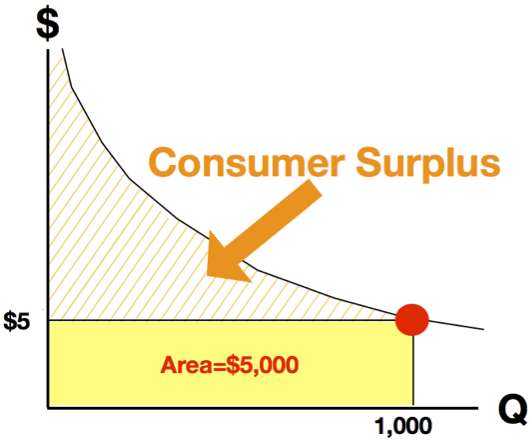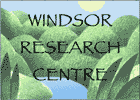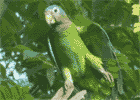Market Valuation
uses the price of a good or service. While this is the easiest method of valuation, it is limited to only those goods and services that are traded in markets. This limitation permits valuation of only use values such as water, carbon sequestration (direct uses), tourism, climate regulation (indirect uses) and, with a little more difficulty, option values (e.g. possible future use of the site for making historical movies).
The Benefit Transfer Method uses information from studies already conducted in some other locality and/or context. So, for instance, we could use the value of the Puerto Rican parrot to estimate the value of our own parrots. But, of course, the accuracy of benefit transfer is dependent on the accuracy of the original study and on the comparability of the two sites.
Stated Preference Survey: when there is no market value to help us evaluate  a service, we have to ask people directly, through surveys, what value they place on a service. There are two basic types of Stated Preference Surveys, known as the contingent valuation method (CVM) or the choice experiment method (CEM).
a service, we have to ask people directly, through surveys, what value they place on a service. There are two basic types of Stated Preference Surveys, known as the contingent valuation method (CVM) or the choice experiment method (CEM).
- CVM can be used to estimate both use and non-use value. We ask people how much they would be willing to pay (WTP) for environmental services, or how much compensation they would be willing to accept (WTA) for losing the services. It is somewhat controversial because it relies not on what people actually do but on what they say they would do. This divergence between stated willingness and actual subjective valuation can be large in some cultural contexts.
- CEM, on the other hand, asks respondents to select the best from a set of alternatives, and are asked to repeat this choice for several sets. For example, bauxite mining earns the Government about US$100M per year. We all remember that the government used to subsidise Air Jamaica to the tune of about US$!00M per year. So one example of a choice experiment would be to give a choice of scenarios as follows: 1) No Mining, no Air Jamaica; 2) Phase out mining over the next five years and reduce Air Jamaica’s subsidy by 20% per year; 3) Continue mining and continue subsidising Air Jamaica until bauxite runs out.
Which method? Market valuation methods are relatively easy and therefore cheap. However, they tend to undervalue since market values do not take account of subjective values that are above the current market price. For example, if you have 1,000 items and the market price is $5, then the total value is $5,000, represented by the yellow area on the graph. But many people are prepared to pay more than $5: this is what the demand curve shows by sloping upwards to the left. The difference between total value and market value is represented by the hatched area under the curve and is known as the Consumer Surplus. Stated Preference Surveys do indeed capture consumer surplus value.

